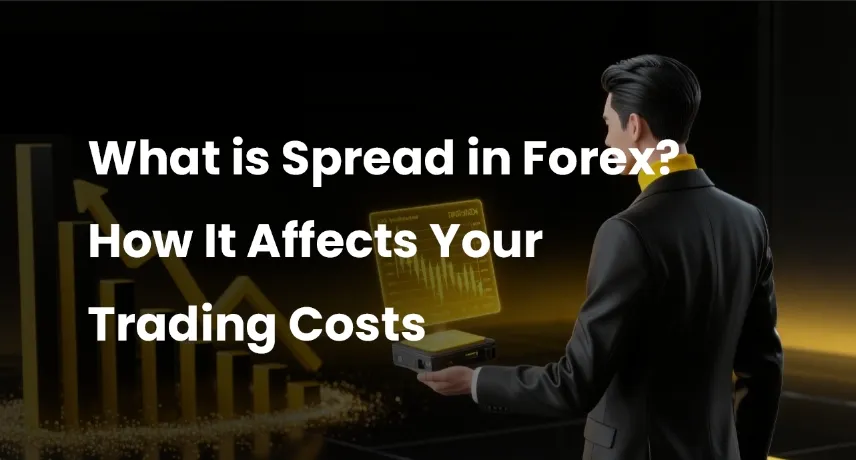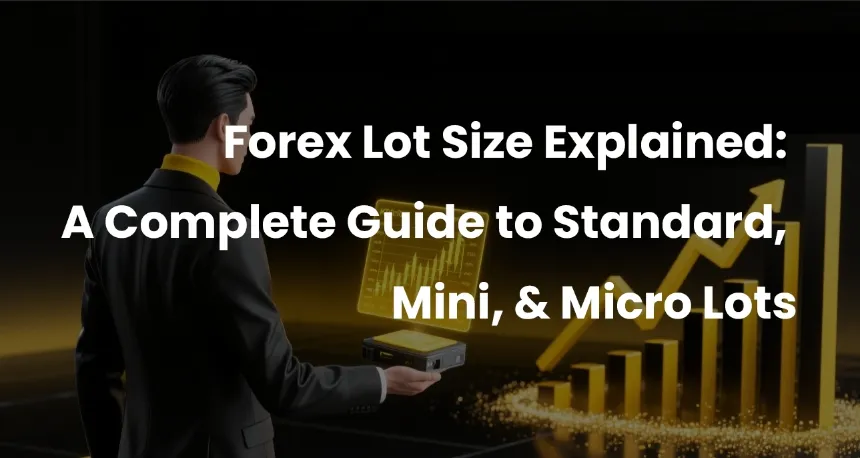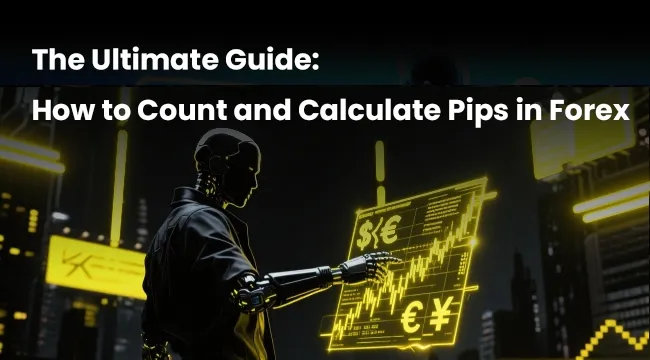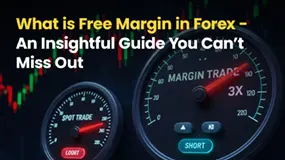What is a Pip in Forex?
Abstract:This article is about the pip. what a pip is, why it matters, and how it impacts your trading.

This article is about the pip. what a pip is, why it matters, and how it impacts your trading.
About Pip: The Smallest Standard Move
- Based on forex market convention, a pip is the smallest standardized whole unit movement an exchange rate can make.
- For the vast majority of currency pairs (like EUR/USD, GBP/USD, USD/CAD), which are quoted to four decimal places, one pip equals 0.0001. For example, if the EUR/USD moves from 1.1050 to 1.1051, it has increased by 1 pip.
Why Such a Small Unit?
Currencies are high-value instruments. A move equivalent to one US dollar in a major pair would be enormous and volatile. Pips allow traders to measure and discuss tiny, frequent price changes with precision, essential for analyzing trends, setting entry/exit points, and calculating profit and loss.
Pip vs. Pipette
Modern trading platforms often display prices with an extra digit for greater precision. Pipette represents 1/10th of a standard pip. For a 4-decimal pair, a pipette is the fifth decimal place (0.00001). For a 2-decimal JPY pair, a pipette is the third decimal place (0.001).
For example,a move in EUR/USD from 1.10505 to 1.10515 is a change of 1 pipette (or 0.1 pips).
Pips vs. Basis Points
It's important to distinguish pips from basis points. Pip: Used exclusively in the forex market to measure currency pair movements (0.0001 for most pairs). Basis Point: Used in interest rates and bonds to represent 1/100th of 1% (0.01% or 0.0001). While numerically similar to a pip for some pairs, they apply to completely different markets.
Why Pips Matter
Standardization: Provides a universal language for discussing price movements globally.
Precision: Allows for exact measurement of small changes critical in a volatile market.
Profit & Loss Calculation: The foundation for determining your actual monetary gain or loss on a trade.
Risk Management: Stop-loss and take-profit orders are typically placed a specific number of pips away from your entry price.
Performance Measurement: Trading results are often analyzed in terms of pips gained or lost.
Conclusion
The pip is one of the fundamentals of knowledge in the forex market. If you want to have a better understanding of the industry.

Read more

What is Spread in Forex? How It Affects Your Trading Costs (A Complete Guide)
The forex spread isn't an abstract concept. It's a tangible, unavoidable cost that directly impacts your bottom line on every trade. Ignoring it is a luxury no trader can afford. By understanding what drives the spread and how it's calculated, you transform it from a hidden fee into a manageable variable. It becomes just another factor in your strategic analysis, alongside price action, indicators, and fundamental data.

Forex Lot Size Explained: A Complete Guide to Standard, Mini, & Micro Lots
Throughout this guide, we have dissected the concept of a forex lot from every angle. We started with a simple definition. We explored the different types. We connected the abstract idea of units to the tangible reality of your account's profit and loss. We've learned that a lot in forex is not just a number you enter into a trading platform. It is the primary tool for implementing your risk management strategy. The questions "what is a lot in forex?" and "how much is 1 lot forex?" are secondary to the most important question: "What is the correct lot size for this trade, with my account, right now?"

The Ultimate Guide: How to Count and Calculate Pips in Forex
Mastering how to count and calculate pips in forex is a rite of passage for every serious trader. It transforms abstract price charts into a concrete language of profit, loss, and risk. We've learned that a pip is the standard unit of price change. But its monetary value is dynamic, depending on the pair, trade size, and your account currency. We've also seen that to find your true profit, you must account for costs like the spread. Even when you use calculators and platform tools for speed, knowing how to calculate pips manually gives you deep, intuitive understanding of your trade mechanics. This skill isn't optional. It's the foundation upon which sound risk management and consistent strategy execution are built. By mastering it, you've taken a major step toward becoming a more competent and confident trader.

What is Free Margin in Forex - An Insightful Guide You Can’t Miss Out
Forex trading runs on the margin you have. In an action-packed forex market, where traders continually trade based on news developments or technical indicators, what keeps them going is the availability of free margin. So, what is free margin in forex? It’s an equity that traders can use to open new trades. It is also the amount your current holdings can move against you before facing a margin call. The market value variations can affect the margin balance when trading foreign currencies. In this article, we will discuss it.
WikiFX Broker
Latest News
Why Are Investors Losing Trust in StoneX? What You Need to Know
Forex Lot Size Explained: A Complete Guide to Standard, Mini, & Micro Lots
Trader’s Way Exposed: Where Winning Trades Turn into Losses Overnight
Checkout List of 7 "FCA WARNED" Unauthorized Brokers
Pip Value Calculation Guide: How Much Is a Pip in Forex Really Worth?
Football Meets Finance: PSG Signs Global Partnership With WeTrade
Activity Upgraded! The 2025 WikiFX “Global Broker Review Contest” Grandly Launches!
What is Spread in Forex? How It Affects Your Trading Costs (A Complete Guide)
SEC Flags Five More Unregistered Crypto Platforms in PH
Webull Brings Crypto Trading Back to App
Rate Calc

